Introduction
The world is fast progressing into using solar energy more than ever. Those who have interests in installing solar panels always have one question among them, that being the difference between monocrystalline and polycrystalline solar panels used in the generation of solar energy; though both are used for generating this energy, they both have peculiar characteristics making one preferred over the other in some needs. Discuss in this article such differences to help you choose what suits you the most.
What Are Monocrystalline Solar Panels?
Monocrystalline solar panels are composed of good-quality silicon crystals. In a monocrystalline panel, each and every solar cell is sliced from one single silicon crystal. The panel gives uniform black color with higher efficiency. The manufacturing process creates one pure silicon crystal sliced into thin wafers to form the solar cells. These panels will have an efficient flow of electrons, making them highly effective at converting sunlight into electricity.
What Are Polycrystalline Solar Panels?
Another type of the polycrystalline panels has many melted silicon crystals combined while manufacturing solar cells. These panels typically emerge bluish and happen not to be so effective compared to a monocrystalline model since their thousands of crystals interfere with electron’s smoothness. As a result, these tend to become less expensive because manufacturing them is a less laborious process.
Key Differences Between Monocrystalline and Polycrystalline Solar Panels
1. Material and Structure:
- Monocrystalline: This is a single silicon crystal, from which the panels make so high efficiency.
- Polycrystalline: Made by melting together several silicon crystals, these are somewhat less efficient but less costly.
2. Efficiency:
- The efficiency for monocrystalline panels is usually at 15% to 20%.
- Polycrystalline panels range from 13% to 16%, making them slightly less efficient.
3. Cost:
- Monocrystalline panels are more expensive due to the complex manufacturing process.
- Polycrystalline panels are cheaper, making them a good option for budget-conscious buyers.
3. Space and Size:
- Monocrystalline panels are space efficient and take up lesser areas to hold the same quantum of power.
- Polycrystalline panels take up more space to generate the same energy.
Advantages and Disadvantages of Monocrystalline Solar Panels
Advantages:
Advantages:
- Higher Efficiency: Monocrystalline panels convert sunlight directly to electric power much more efficiently.
- Long Lifespan: They typically have a lifespan of over 25 years and longer warranties.
- Space-Efficient: The power to space ratio is better.
Disadvantages:
- Higher Cost: This model is more expensive compared to the others.
- Temperature Sensitivity: They can lose efficiency in very high temperatures.
Advantages and Disadvantages of Polycrystalline Solar Panels
Advantages:
- Cost-Effective: Polycrystalline panels are more affordable.
- Easier to Manufacture: It is much easier to prepare with crystal multiples, very straightforward and energy-saving.
Disadvantages:
- Lower Efficiency: Polycrystalline panels are less efficient than monocrystalline.
- More Space Required: They take up more space to generate the same amount of electricity.
In-Depth Analysis of Monocrystalline Solar Panels
The monocrystalline panels carry the technology of the Czochralski Process. The Czochralski Process involves melting silicon and shaping it into a large, single silicon crystal, referred to as an ingot. The solar cells are made from that ingot by slicing it thin. This makes the cells very efficient because the uniform structure allows for an uninterrupted flow of electrons.
Many manufacturers have resorted to PERC (Passivated Emitter and Rear Cell) technology, which employs monocrystalline cells. This is an additional back layer of the cells catching more sunlight and therefore increases efficiency by 2-5%.
In-Depth Analysis of Polycrystalline Solar Panels
Polycrystalline panels are done by melting a number of silicon crystals together. It is less energy-intensive and easier to perform, which makes the panels cost cheaper in total. The cells within polycrystalline panels contain many crystal boundaries that slightly impede electron flow. This makes them less efficient than monocrystalline panels. However, they are often preferred for residential use because they strike a balance between price and performance.
Temperature Sensitivity and Performance
Although both of these types degrade faster at higher temperature, typically monocrystalline efficiency is more temperature-sensitive overall. However, if it’s the scorching hottest climate that you can’t seem to stay out of, then this may mean putting your cash into a better option for you in that region-polycrystalline panels. Both forms are okay, even for warmer temperatures, given adequate air flow.
Environmental Impact and Sustainability
While from the point of sustainability, both contribute to generating clean energy. The former has more efficiency with a much longer lifetime that makes it even more sustainable in the long term. Polycrystalline panels are rather less complicated during their manufacture, requiring less energies thus being quite favorable for one who wants to reduce the environmental impact of its production.
Lifespan and Guarantee
These generally last longer with a warranty covering 25-30 years. It normally declines around 0.3-0.5% every year; hence it can still works at about 85 percent of its initial capacity at the age of 25 years. The polycrystalline photovoltaic panel declines approximated to be at a rate of 0.5-0.8% annually. Thus after 25 years, this may operate approximately at a rate of 80 % of its original efficiency.
Stylistic Differences
The color is actually black; therefore, monocrystalline panels give that clean, silky look, but many tend to love this view, particularly for roof application. The polycrystalline panels, though, seem to be kind of bluish; in other words, it shows less uniformity. It depends, therefore, upon the user’s importance level of appearance.
Also Read: How do solar panels work at night?
Installation Considerations
Space
Monocrystalline panels have the highest space-coverage efficiency because they produce the most power per square footage space. Polycrystalline is less expensive where roof or ground cover is sufficient.
Power Requirements
Monocrystalline panels are recommended for commercial high-energy consumption installations because they are more efficient and long-lasting. Polycrystalline panels can be used in residential installations where the demand is on budget.
Inverter and Battery Compatibility
An inverter and the battery needs to be selected. Monocrystalline panels demand a more heavy-duty inverter and much more serious batteries as it would be power-rich. Polycrystalline, however can work on a fairly standard-sized inverter.
Bonus Tips
- You might find the monocrystalline panels more practical if you are looking forward to developing your solar system in the future because they take up less space.
- For hot climates, panels should be mounted with ventilation to avoid overheating. Space left below the panels will improve airflow and increase efficiency.
Conclusion
Monocrystalline and polycrystalline solar panels are the two major components when it comes to renewable energy. Monocrystalline solar panels are ideal for those who require high efficiency and a greater budget, and the polycrystalline ones are budget-friendly for small residential or even budget-oriented systems. This will help one make the right choice for a long-term and efficient solar installation.
FAQs
1. Monocrystalline Panels Are Better Than Polycrystalline?
- Monocrystalline panels are more efficient and last longer but are also more expensive.
2. How many years do polycrystalline panels last?
- Polycrystalline panels typically last 20-25 years.
3. Which Panels Are Suitable for Hot Weather?
- Polycrystalline panels are relatively better in the hot climate because they do not suffer at temperatures.
4. How do I choose between the two?
- Consider your budget, space, and power needs. Monocrystalline panels are ideal to be used if you use little space and require significant efficiency, while polycrystalline panels should be used when you seek affordability and have large spaces.
Disclaimer: This research utilizes artificial intelligence (AI) to gather insights and support analysis on the topic.

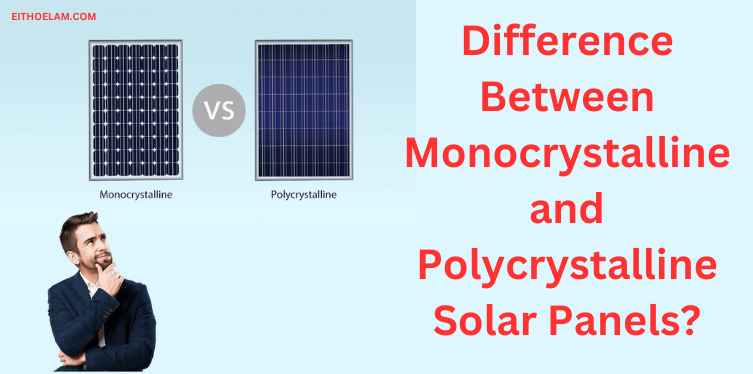

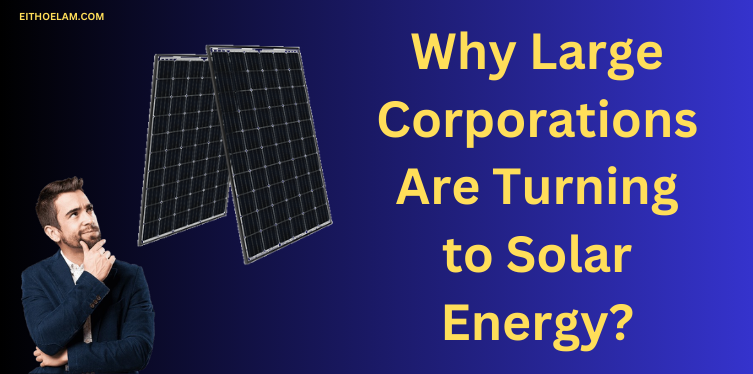

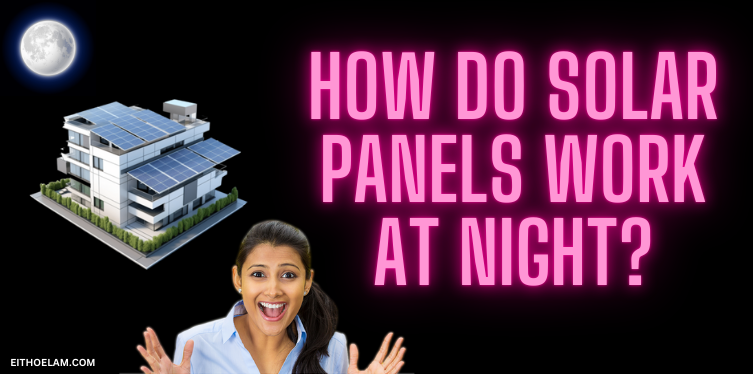

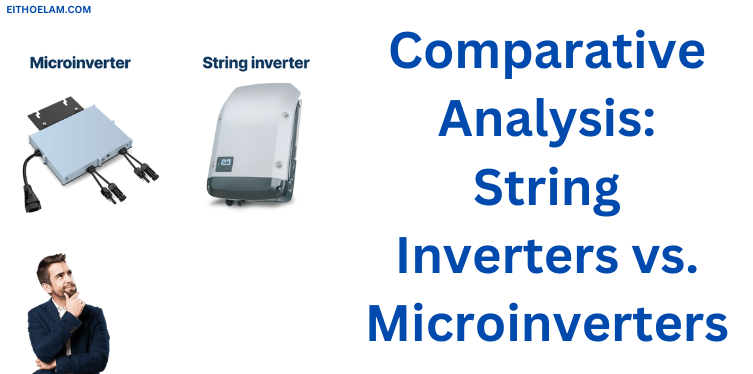
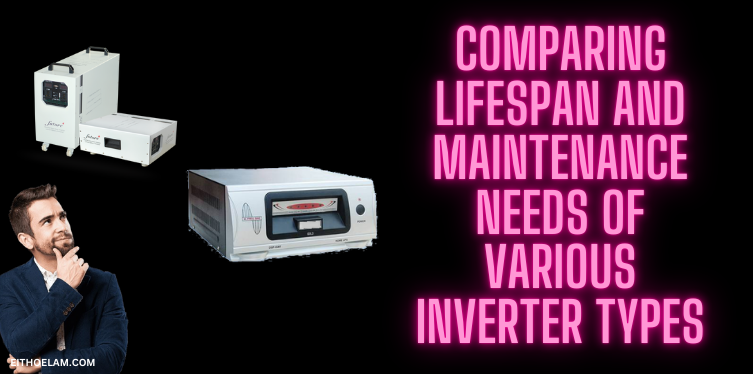

Leave a Comment